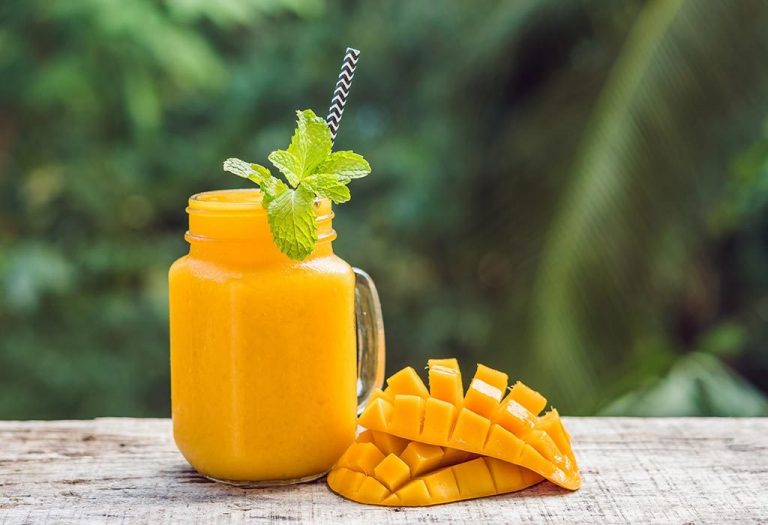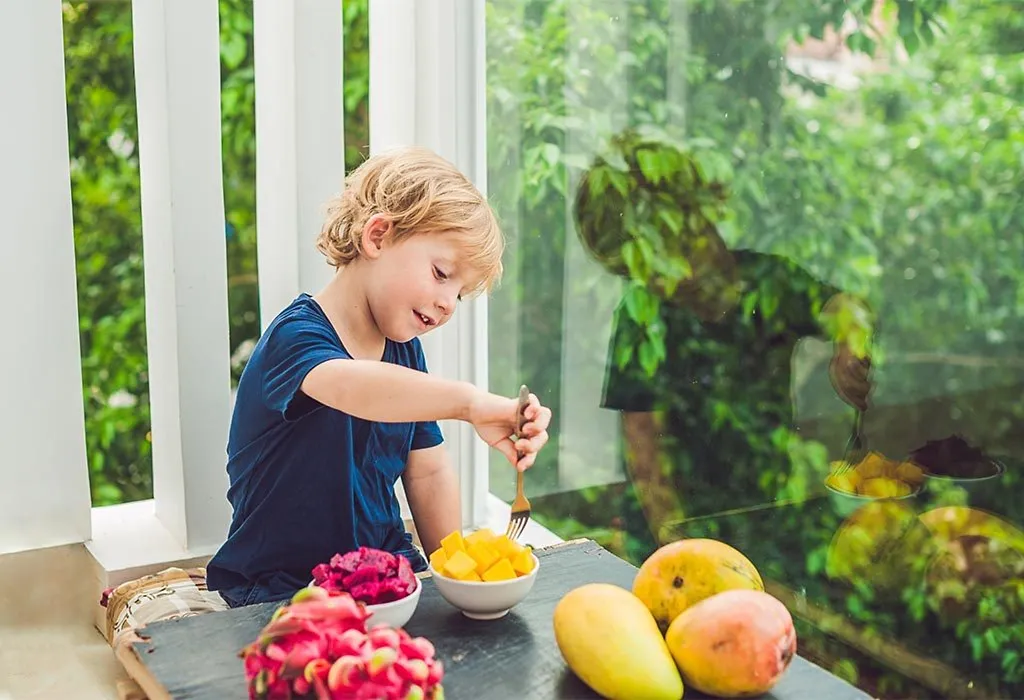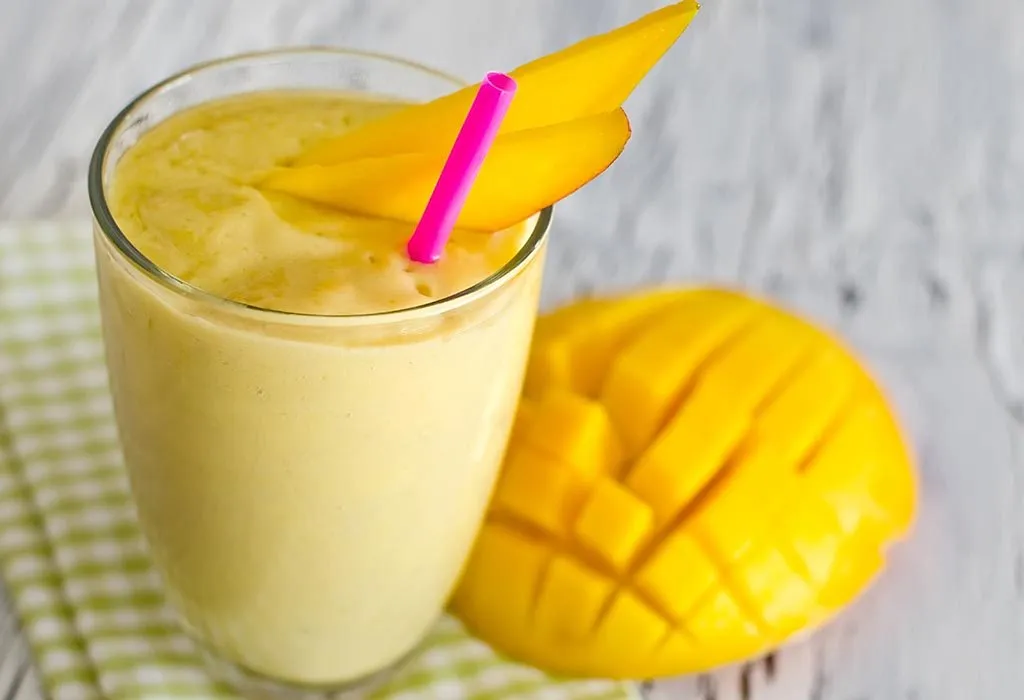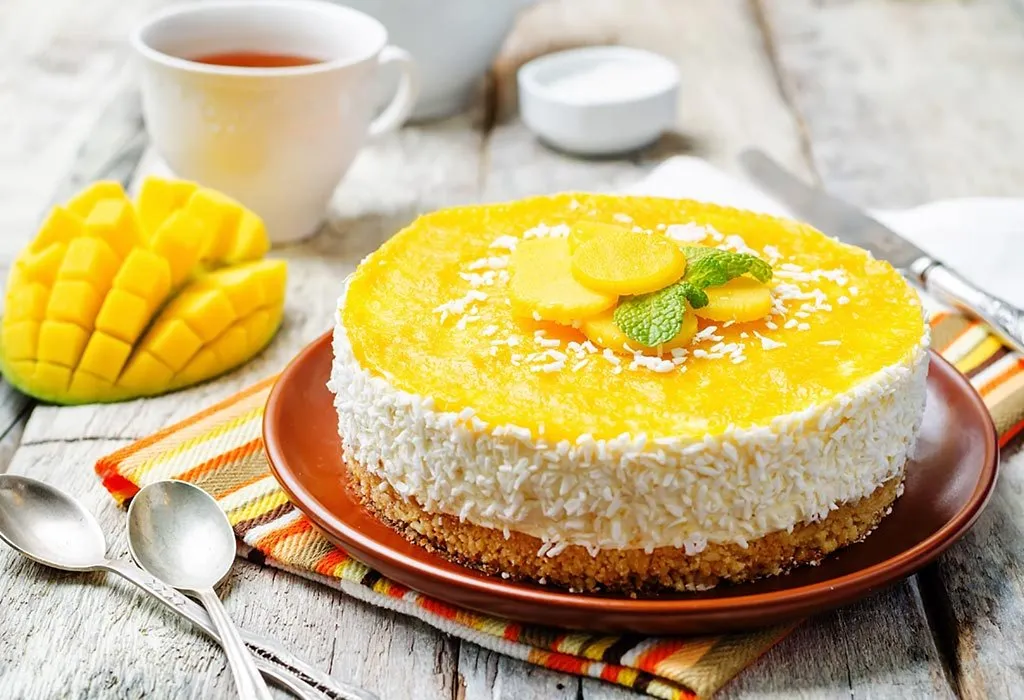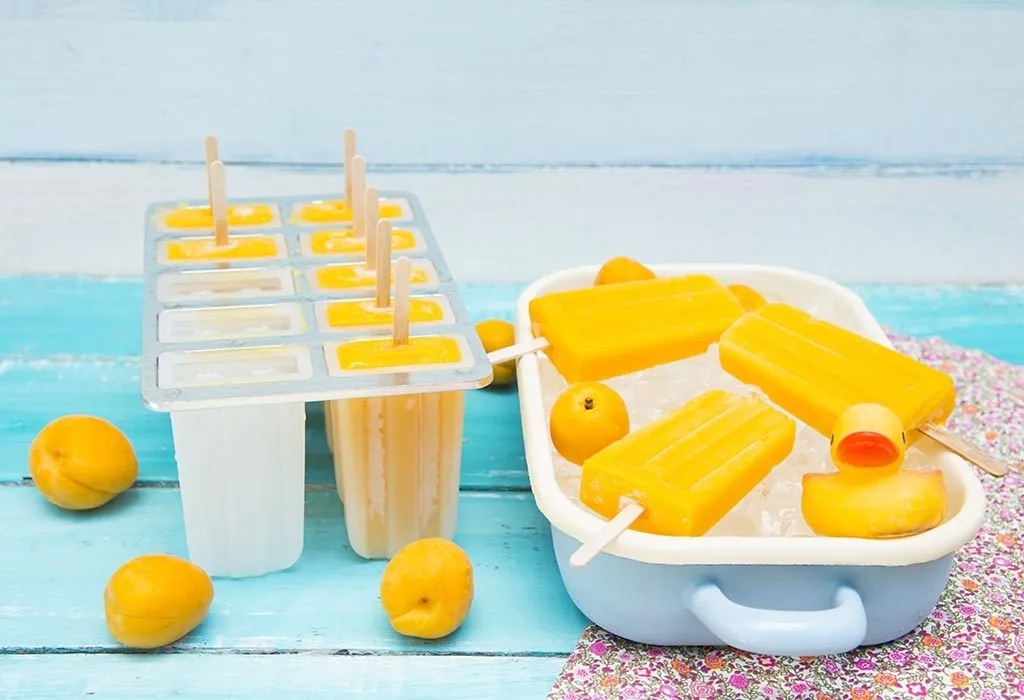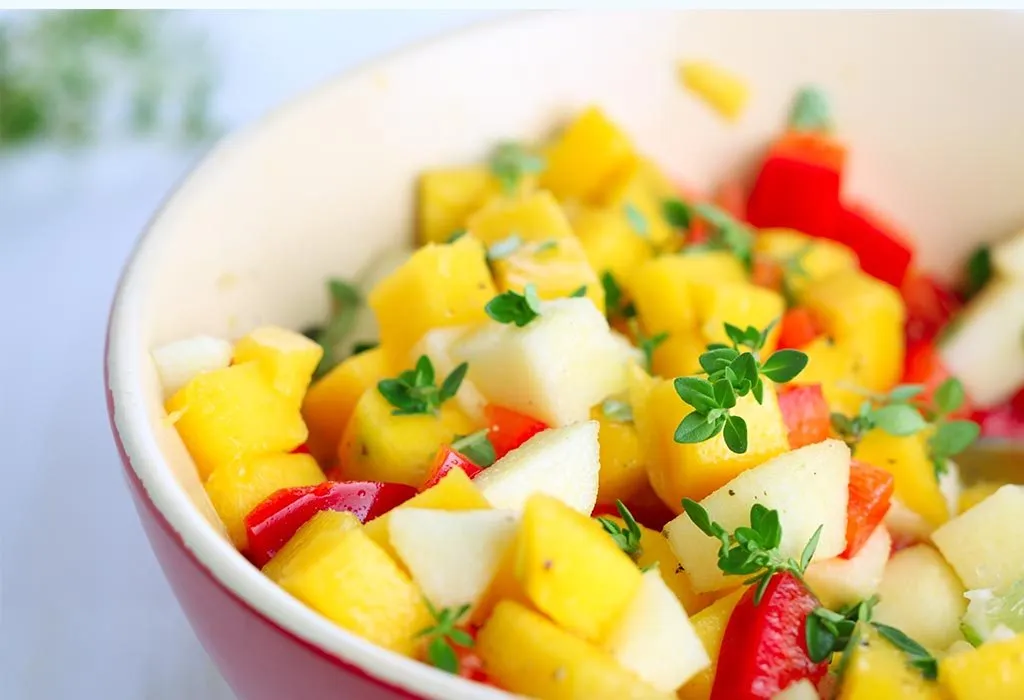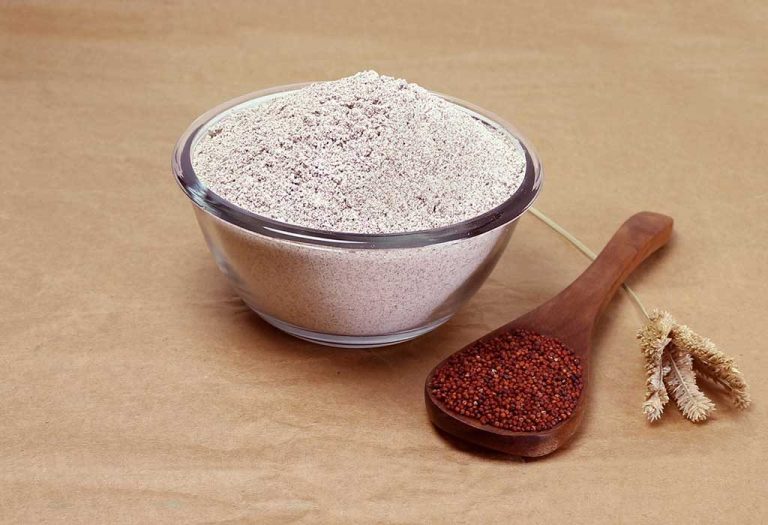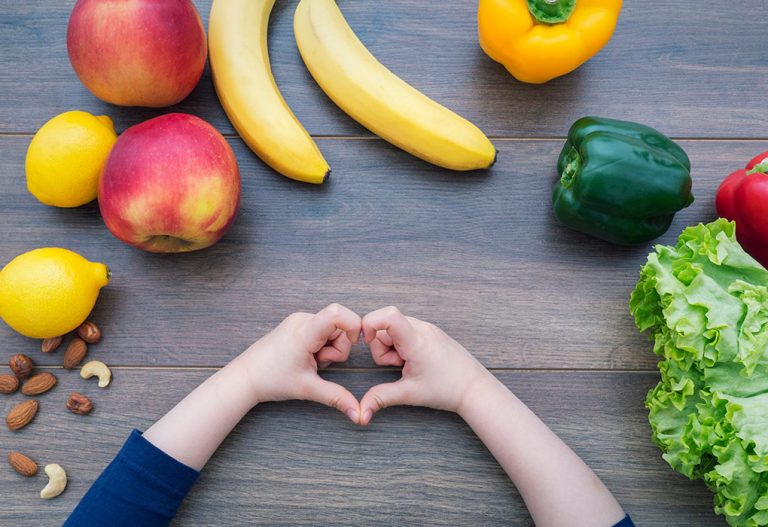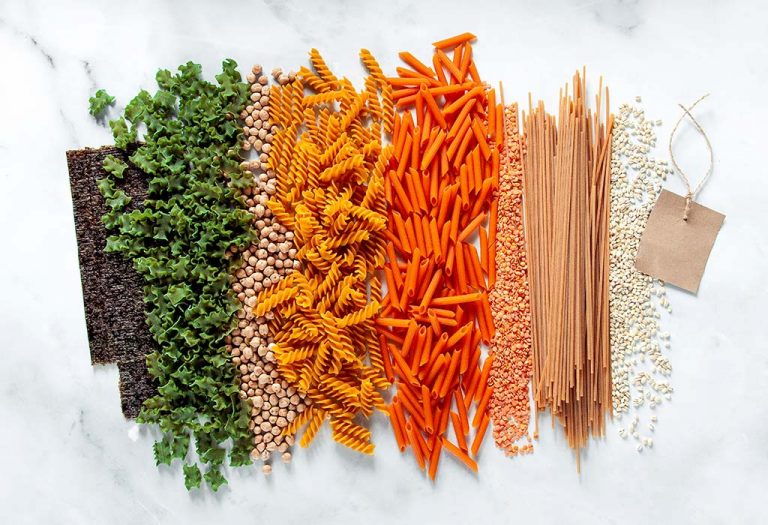Mango for Kids – Health Benefits and Delicious Recipes

Mangoes are loved by all, be it kids or adults. The juicy mango is the best retreat from the hot summers for adults and kids alike. This fruit not only hydrates the body, but its rich taste has the power to soothe the taste buds. Also, the health benefits associated with mangoes can’t be ignored. Packed with vitamins, fiber, and antioxidants, mangoes are a great addition to a healthy diet. Whether you eat it or gulp it down in the form of a mango shake, either way, it tastes delicious. Learn more about mango for kids to understand its numerous benefits and how to incorporate it into their diet.
Benefits of Mango for Children
Is mango good for kids? The answer is yes. It is a powerhouse of nutrients, minerals, and vitamins. Moreover, it has antioxidant properties that make it the best choice to eat in the summer. To get an insight into more of its benefits, read on.
1. Enhanced Vision
Owing to the fact that kids are in a development stage, giving them food that enhances their vision becomes necessary. And, what could be better than a juicy mango? Kids are picky and may refuse to eat vegetables, but they will never refuse mango, which is rich in vitamin A. This source of vitamin A can help in averting night blindness, softening of the cornea, and reducing the aridness in the eyes.
2. Sharpened Memory
Mangoes are rich in glutamine acid, which acts as a memory booster. When you include mangoes in your kid’s daily diet, you ensure that they stay active and pick on the learning skills quickly.
3. Improves the Health of the Skin
All parents want their child’s skin to be soft and smooth. But the secret behind it is keeping your kid hydrated. Eating mangoes can make a child’s skin healthy and radiant. Applying mango pulp also unclogs blocked pores.
4. Reduces Chances of Anaemia
Mangoes are rich in iron, and iron is a necessary mineral that helps boost the production of red blood cells. Therefore, serving your kids mangoes can help reduce the chances of developing anaemia, where the blood lacks the right amount of red blood cells.
5. Promotes Healthy Weight
Kids require the right amount of nutrients and vitamins to gain healthy weight. If your child is not gaining adequate weight, you can include mango in his diet. You can give him a mango shake regularly, it tastes good and will also help kids to stay strong and healthy.
6. Boosts Digestion
Mangoes are known to be a rich source of digestive enzymes that, in turn, help in breaking down proteins. This boosted process further leads to better digestion in kids. Also, as an added benefit, mangoes thwart acidity or other digestive disorders that occur commonly in kids.
7. Averts the Risk of Cancer
Mangoes are found to be rich in pectin, the dietary fibre that reduces the chances of developing cancer associated with the gastrointestinal tract. Including mangoes in the regular diet plan of your kids thus becomes essential as it will keep them away from serious diseases such as cancer.
8. Enhances Immunity
Mangoes are a rich source of vitamins A and C. Also, mangoes are a good source of different types of carotenoids that help in maintaining a healthy immune system. The antioxidant properties help in preventing microbial attacks, thus automatically boosting immunity gradually,
How to Store Mangoes for a Long Time
Mangoes are a seasonal delight that many people love to enjoy all year round. To make the most of their availability, it’s essential to know how to store them properly. Here are some effective methods to store mangoes for a long time:
- Store ripe mangoes in the refrigerator to extend their shelf life by up to a week. Ensure they are kept in a plastic or paper bag to prevent moisture loss.
- Peel, slice, and remove the seeds from the mangoes. Place the slices on a tray to freeze individually before transferring them to airtight containers or freezer bags. This method can keep mangoes fresh for up to six months.
- Preserve mangoes by canning them in syrup or water. Sterilize jars, pack them with mango slices, and cover them with boiling syrup before sealing. This method can keep mangoes for up to a year.
- Dehydrate mango slices using a food dehydrator or an oven on low heat. Once dried, store them in airtight containers. Dried mangoes can last several months when stored in a cool, dry place.
- Blend ripe mangoes into a pulp and store it in airtight containers or freezer bags. Freezing the pulp allows you to enjoy the taste of mangoes for up to a year.
Easy Mango Recipes for Kids
Is mango good for toddlers? Yes! So, are you wondering how to add the nutritious mango to your kid’s diet? Read the following mango recipes for kids to get some ideas.
1. Mango Shake
Mango shake not only hydrates the body but also tastes delicious.
Ingredients
- Finely cut fresh mango
- Sugar to taste
- A glass full of milk
- Ice cubes, if necessary
Method
- Mix the finely cut mango, sugar, and milk in a big bowl.
- Use a blender to blend it well.
- Keep blending until it turns into a smooth liquid.
- Add ice cubes if needed, and serve it chilled to your kids.
2. Mango Grape Smoothie
This mango smoothie for kids is a blend of grapes and mangoes and can do miracles. Not only will it taste good, but it offers the best of health benefits.
Ingredients
- 1 chopped mango
- 2 cups green grapes
- 1 tablespoon of lemon juice
- ½ a cup of water
- Sugar to taste
- 2 peppermint leaves
Method
- Mix the mangos and grapes in a bowl, and blend them well till the mixture turns into a viscous liquid form.
- In another bowl, add the lemon juice, water, sugar, and peppermint, and mix well.
- Pour the mango mix into a glass and top it with the mixture of sugar and peppermint.
- Add ice cubes if needed, and serve to your kids.
3. Mango Cake
The sweetness and the flavour of mangoes in a cake make it the best recipe to experiment with
Ingredients
- 1 cup flour
- Sugar to taste
- ½ cup fresh cream
- 1 tablespoon of butter
- 1 tablespoon baking powder
- 2 pasteurised eggs
- 2 mangoes
Method
- Extract the mango pulp, and keep it aside in a deep bowl.
- Add sugar and whipped cream to the mango pulp and beat it well with a blender.
- Add the eggs to the mixture and beat it well.
- Now add the baking powder and the flour and mix it well till your get a cake batter.
- Pour the mixture into a well-greased, oven-safe bowl.
- Bake the mixture for about 10 minutes.
- Check after the oven beeps, and if the cake is not set, bake it for another 4-5 minutes.
- Let it cool once ready, and serve it to your kids.
4. Mango and Yogurt Mix Popsicles
This is a must-try mango dish for kids as they would enjoy it wholeheartedly for its rich taste
Ingredients
- 1 cup of yoghurt
- 1 cup of chopped mango
- Sugar to taste
- ½ a tablespoon of vanilla essence
Method
- Mix everything in a bowl and blend it well till it forms a smooth paste.
- Fill the plastic popsicle moulds with the blended paste.
- Keep the filled moulds in the freezer and leave it overnight.
- Insert ice-cream sticks through it when you notice that the popsicle has started to become firm.
- Freeze for another few hours, and serve it to your kids when they come back from school.
Also Read: Healthy Fruits and Vegetables for Children
5. Sumptuous Mango Salad
This one is the easiest mango snack for kids. This recipe requires minimum effort, but provides the best results.
Ingredients
- 2-3 fresh and peeled mangoes
- A lemon
- Salt to taste
- A pinch of cayenne pepper
- Chilli powder (optional)
Method
- Chop the mangoes and place them in a deep bowl.
- Mix together the salt, cayenne pepper, chilli powder, and lemon in another bowl.
- Now mix the prepared spice mixture with the mangoes and serve it to your kid.
6. Mango Coconut Chia Pudding
This refreshing mango chia pudding is a great way to introduce chia seeds into your child’s diet while enjoying the tropical flavor of mangoes.
Ingredients
- 1 cup coconut milk
- ½ cup mango puree
- 2 tablespoons chia seeds
- 1 tablespoon honey or maple syrup (optional)
- Fresh mint leaves for garnish
Method
- Mix the coconut milk, mango puree, chia seeds, and honey (if using) in a bowl.
- Stir well and let it sit for about 5 minutes.
- Stir again to ensure the chia seeds are evenly distributed.
- Cover and refrigerate for at least 2 hours or overnight to allow the chia seeds to gel and the flavors to meld.
- Garnish with fresh mint leaves before serving to your kids.
FAQs
1. Can mangoes cause allergies in kids?
Yes, mangoes can cause allergic reactions in some children, especially those who are sensitive to urushiol, a compound found in the skin of mangoes and poison ivy. Symptoms may include itching, rashes, and swelling around the mouth. If your child shows any signs of an allergic reaction, it is important to stop giving them mangoes and consult a doctor.
2. How should I introduce mangoes to my baby?
When introducing mangoes to your baby, start with a small amount of mashed or pureed mango to ensure they tolerate it well. It’s best to wait until your baby is around 8-10 months old and can handle solid foods. Always monitor for any signs of allergies or digestive discomfort.
3. Can mangoes interact with any medications for children?
Mangoes generally do not have significant interactions with most medications. However, because they are high in vitamin C, they could potentially affect the absorption of certain medications. If your child is on specific medications, it’s best to consult with a healthcare provider to ensure there are no potential interactions.
4. Are there any specific types of mangoes that are better for kids?
There are many varieties of mangoes, and while most are suitable for kids, some are sweeter and less fibrous, making them easier to eat. Varieties such as Alphonso or Honey Mangoes are known for their smooth texture and sweet flavor, which might be more appealing and easier for kids to enjoy.
Now that you know all about the health benefits of mangoes for toddlers, why don’t you try these recipes? Adding mango to your little one’s diet will give him all of its nutrition and help in healthy development. Mangoes are an absolute must in the summer, so make sure you get your kids to eat mangoes regularly.
References/Resources:
1. Mango; National Horticulture Board; https://nhb.gov.in/report_files/mango/MANGO.htm
2. Eating, Diet, & Nutrition for Irritable Bowel Syndrome; NIH National Institute of Diabetes and Digestive and Kidney Diseases; https://www.niddk.nih.gov/health-information/digestive-diseases/irritable-bowel-syndrome/eating-diet-nutrition
3. Mango; Solid Starts; https://solidstarts.com/foods/mango/
4. Lauricella. M, Emanuele. S, Calvaruso. G, Giuliano. M, D’Anneo. A; Multifaceted Health Benefits of Mangifera indica L. (Mango): The Inestimable Value of Orchards Recently Planted in Sicilian Rural Areas (Nutrients); National Library of Medicine; https://www.ncbi.nlm.nih.gov/pmc/articles/PMC5452255/; May 2017
5. Can Babies Eat Mangoes?; National Mango Board; https://www.mango.org/blog/can-babies-eat-mango/
6. Mango-licious: The Top 6 Health Benefits of Mangoes; Cleveland Clinic; https://health.clevelandclinic.org/mango-benefits
7. Is mango the luscious superhero of fruit?; American Heart Association; https://www.heart.org/en/news/2021/06/02/is-mango-the-luscious-superhero-of-fruit
Also Read:
Soup Recipes for Kids
Health Benefits of Apples for Kids
Delicious Fruit Salad Recipes for Kids
How to Make Kids Eat Vegetables – Tips for Parents
Ways To Develop Healthy Eating Habits in Children
Was This Article Helpful?
Parenting is a huge responsibility, for you as a caregiver, but also for us as a parenting content platform. We understand that and take our responsibility of creating credible content seriously. FirstCry Parenting articles are written and published only after extensive research using factually sound references to deliver quality content that is accurate, validated by experts, and completely reliable. To understand how we go about creating content that is credible, read our editorial policy here.






